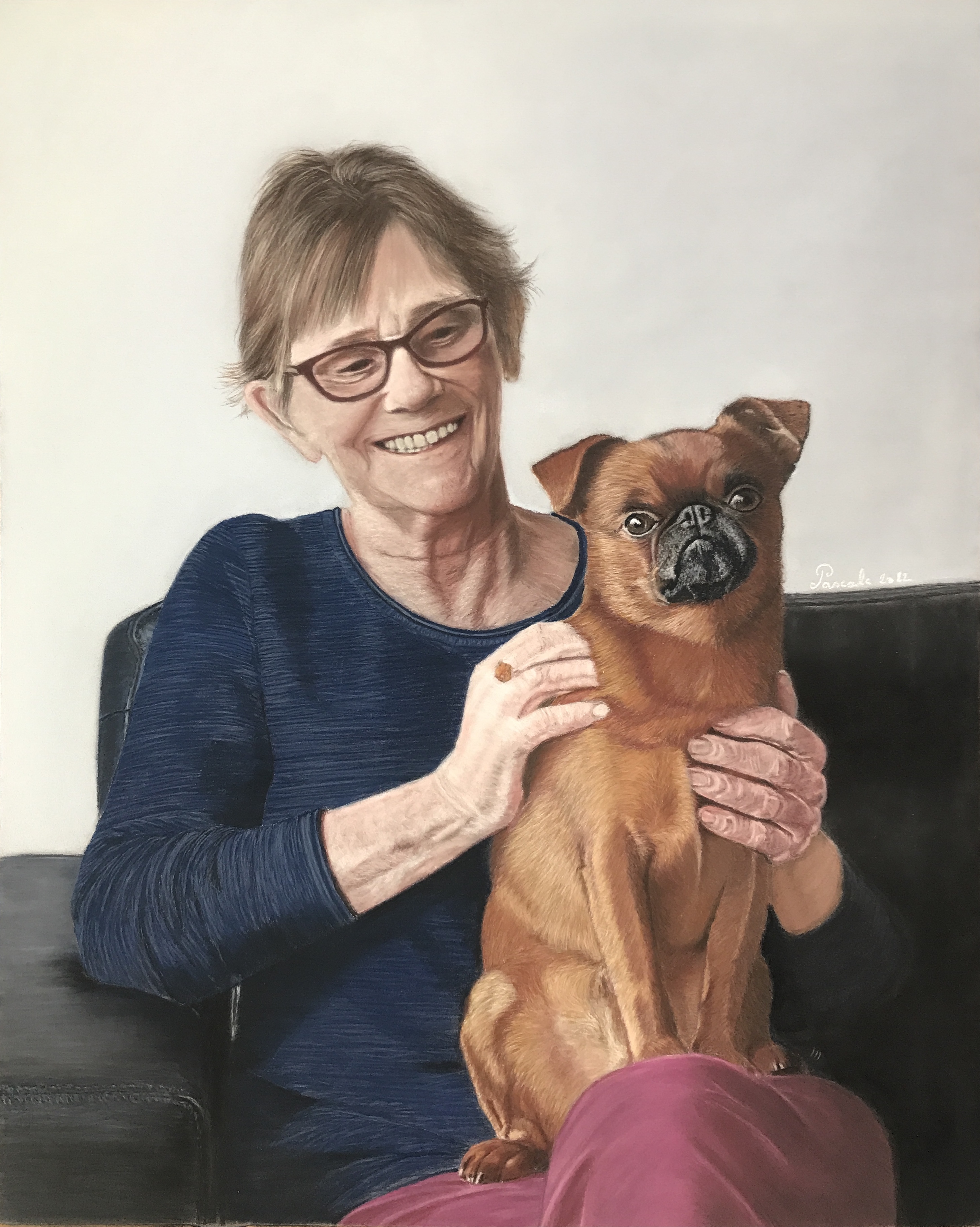What are pastels?
- Pascale Vanbutsele
- Apr 17, 2022
- 3 min read
Updated: Jun 22, 2022
Pastel drawings and paintings glow with intensely luminous colour and rich velvety texture. This is because pastel powder is pure pigment! Pastel is a coloured drawing medium made from pure coloured pigments combined with a binder in the form of chalk sticks, pencils and pans. Pastels were first used in the fifteenth century and were mentioned by Leonardo da Vinci in his works. There are still pastel paintings from that time that are in excellent condition!

What makes pastels so special?
Pastel is a medium that sits midway between painting and drawing. The finished pieces can look as luxurious and bright as paintings, but the process of making them is more like drawing than painting. Although ...
Having dabbled with oil and acrylic paint, I personally find it more like painting, but without the mess. The ease of use and the versatility of pastels are the reason why I prefer them to paint or coloured pencils. You don't have to mix your colours first and put all the pots with water or brush cleaner ready. There are no smelly paint mediums or paint tubes that have become dried stuck. With pastels, you simply fix your pastel paper to a board on the easel, take out your pencil case and box with pastel sticks and start.

Colour intensity and versatility
I have also done some artwork with coloured pencils and quite like to work with them. But I missed the colour intensity and flexibility of pastels. With pastels, you can mix colours on the paper until you get the desired tone and value. For example with flesh tones, if a colour appears too red, you simple glaze over it with an olive green pastel pencil of a similar value to tone it down. PanPastels even allow you to mix the colours on a separate piece of paper just like you would with paint.
Just like with paint you can add layer over layer with pastels, creating depth in the colour and the subject. Ideal for animal fur! You can add light over dark and vice versa, again perfect for portraying animals with dense, long or curly coats.
Pastels make smooth colour transitions in light and shadow so much more natural because you can blend the colours with a sponge applicator for larger areas or use your finger for the smaller ones.
Pastel art must be handled with care
A pastel painting can be compared to wet paint and is prone to smudging. However, pastels never crack, yellow or darken over time. When properly framed and securely hung, the particles will stay fixed in place for centuries.
A painting is protected with acid-free paper during shipment to prevent smudging. Try to frame the painting behind glass as soon as possible to avoid damage. Please note that the pastel surface must not touch the glass. This can cause pastels to stick to the glass and cause smudging. Use an acid-free passe-partout or spacers to prevent this. A double passe-partout is recommended. This creates a gutter into which pastel dust can fall. This will keep the visible passe-partout clean.
Acrylic or plexiglass is not recommended as the electrical charge created by these materials can remove the pastel from the paper. Use real glass to prevent this.
It is also advisable to never hang a work of art in direct sunlight. The heat can cause moisture and damage the work or cause colours to fade. It is also best not to hang works of art in damp rooms such as the bathroom or kitchen.


Comments